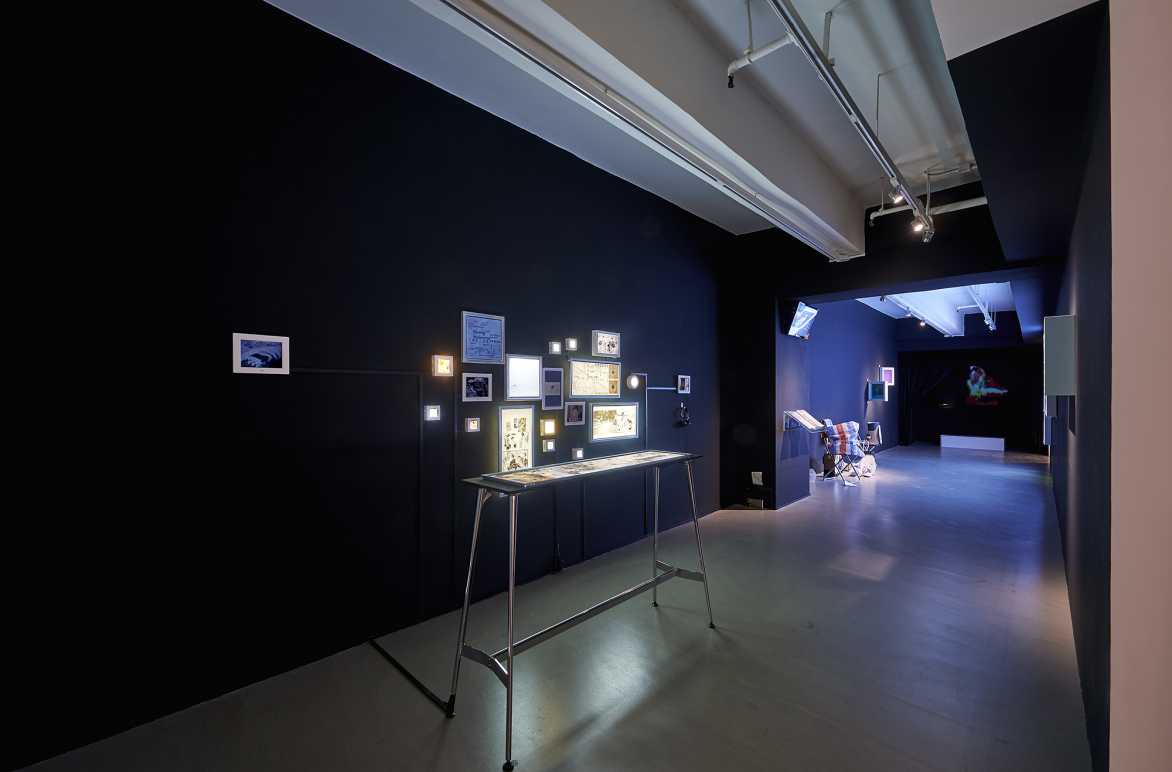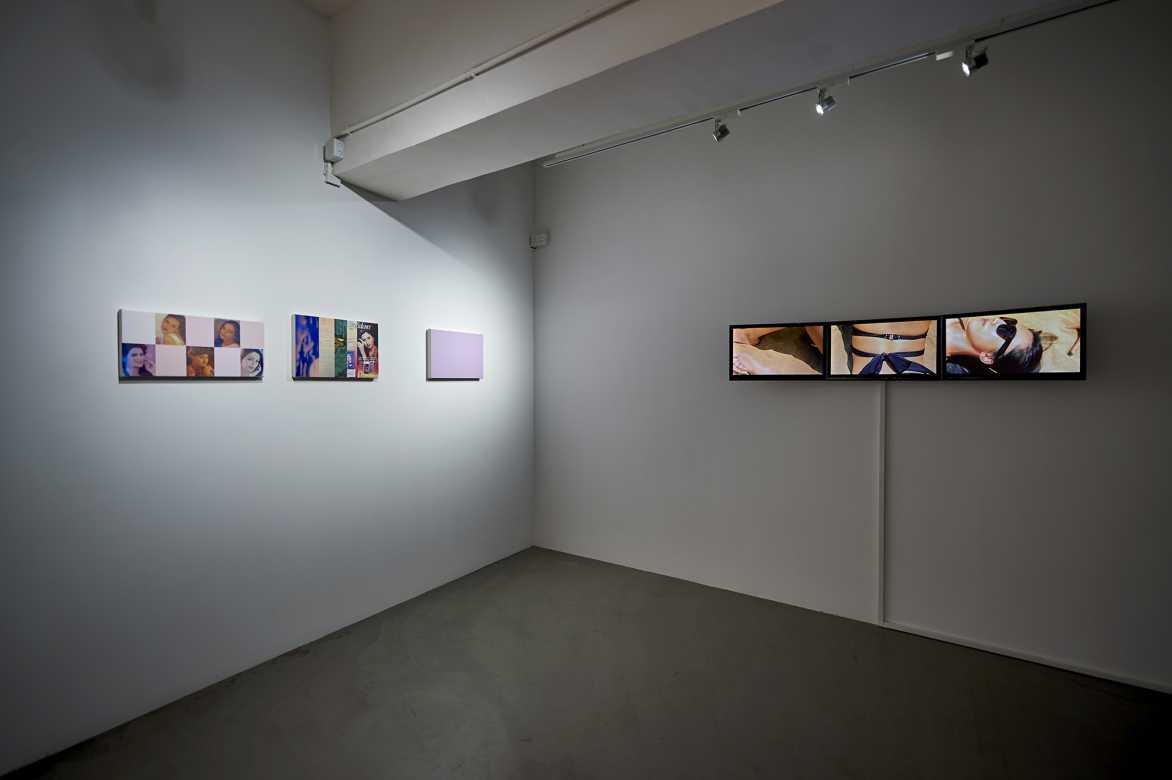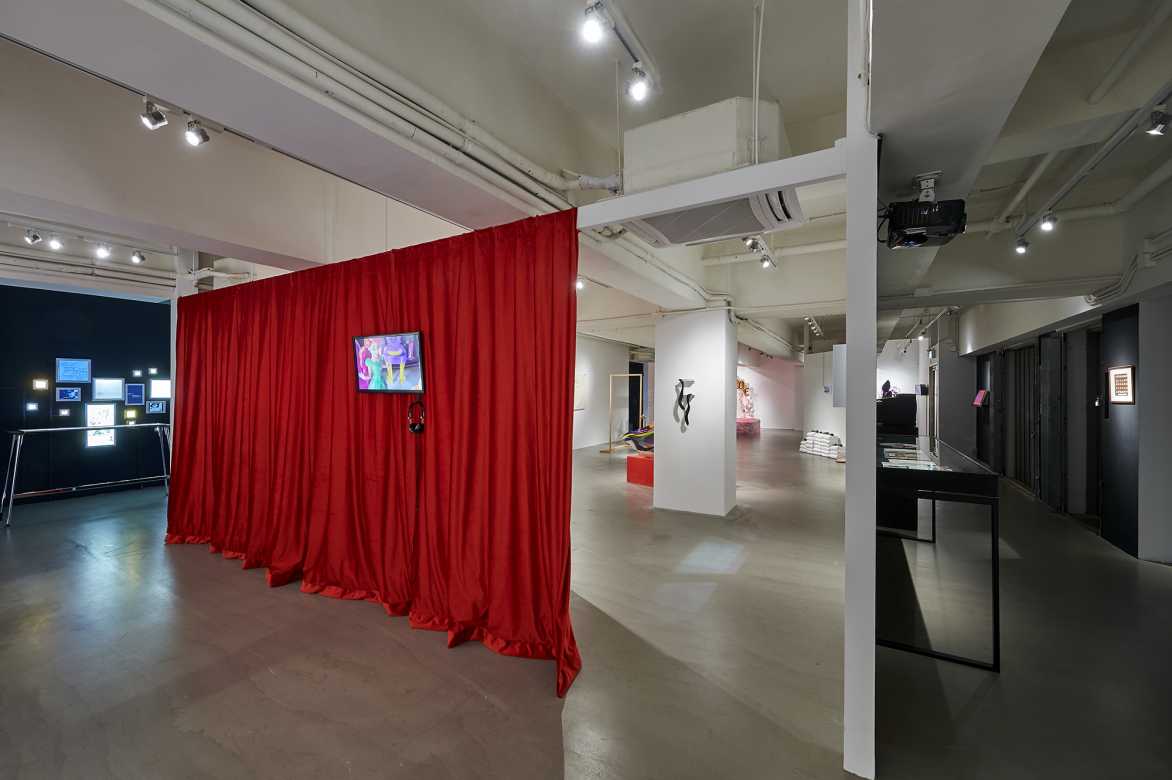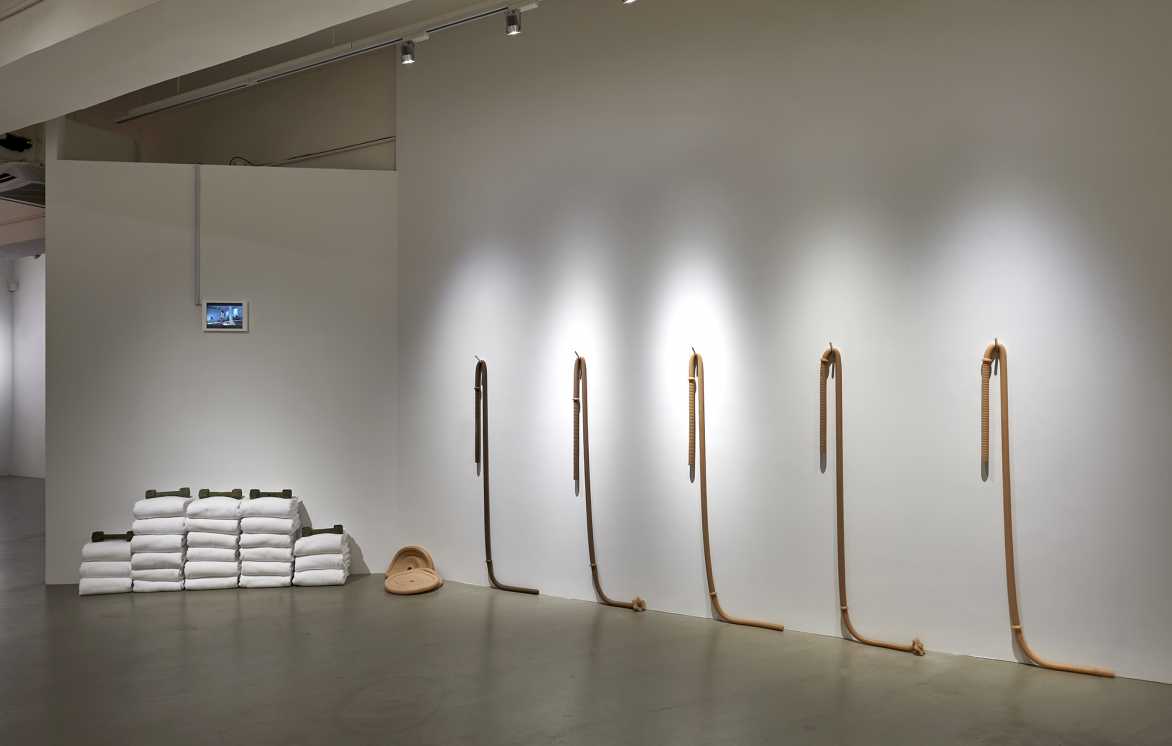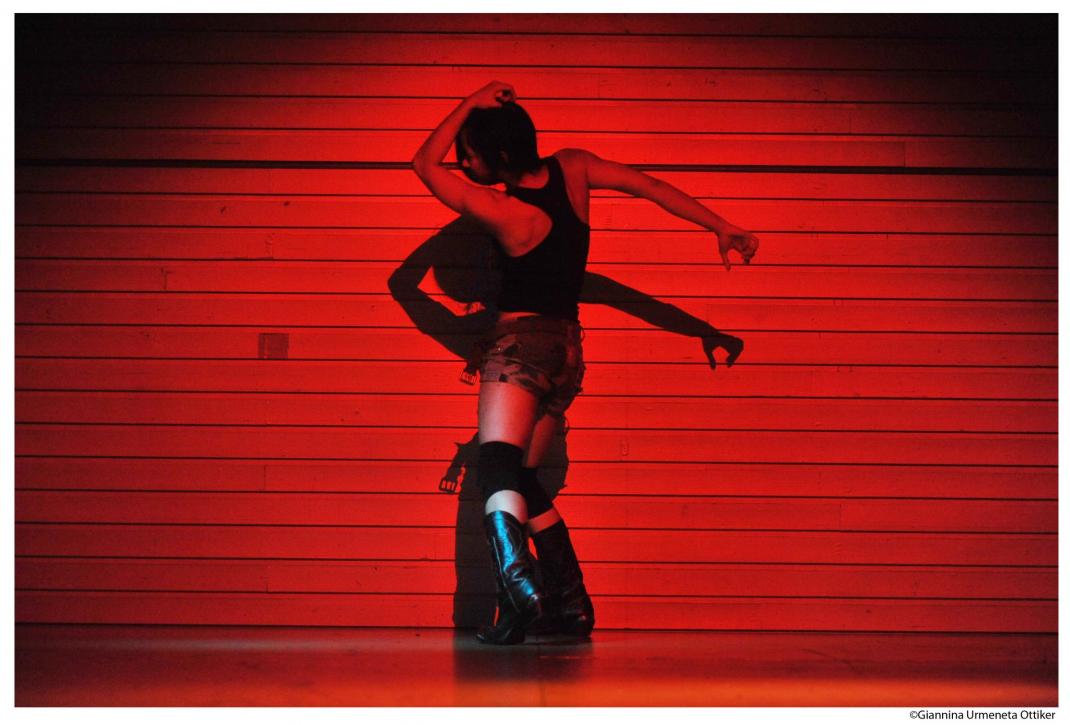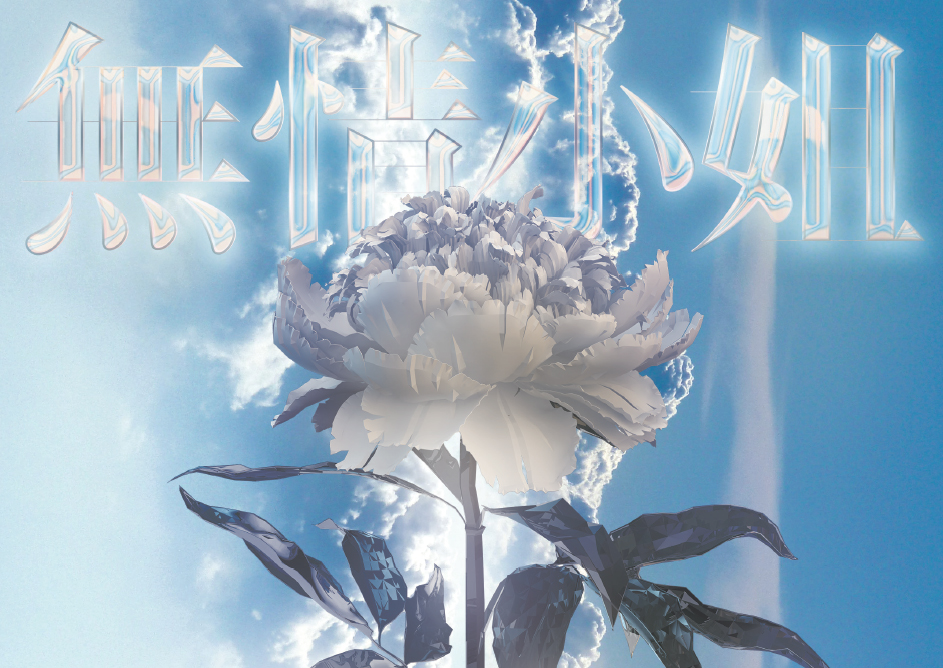
Dear Miss Ruthless,
We have been chasing the stories of diasporic pageant queens. There is something ruthless about their stories, something that recalls the sentimentality of Chinese culture. Allow us to paraphrase in writing that sentimentality is an attachment premised on adaptation and resilience. Romance that endures. We are building a community to welcome you. And really, a community is just a group of people who are capable of holding a pageant. The stage has been set.
Yours truly,
, Curators
In Search of Miss Ruthless draws from the depths of diasporic souls, while taking pageantry as a method. A public persona from the future, Miss Ruthless is a figure of popular support that can represent “our beautiful Hong Kong up on the world stage,” as the lyric from Hong Kong Our Home indicates. The Hong Kong Orchid, adopted as the official state symbol in 1997, is a cross between the an illusory hybrid of two species made strange to each other. The flower is infertile. Like the infrastructure supporting the civic life of the city itself, it faces a crisis of social reproduction, constantly wending away from the dream of what could be. Following poet we ask of Miss Ruthless: What if she were alive? What if, in looking at her, we animated her?
In the 1970s, Hong Kong saw the simultaneous rise of broadcast television and the formation of Miss Hong Kong and later Miss Chinese International—which incorporated existing overseas pageants—connecting the diasporic communities through mainstream culture in a network of attachment. In recent memory, Miss Hong Kong 2015 used her platform as a newly crowned queen to voice discontent with the political situation of her city and the status of women at large. Young Chinese-Americans in the 1960s accused the San Francisco-based Miss Chinatown pageant of orientalism and instead looked to the PRC’s Iron Girls as a model for productivist feminism. The way pageants are put together and the way they fall apart is revealing of how communities imagine themselves. As the queen also represents the social body in being a political figure, perhaps a pageant infrastructure that searches for a Miss Ruthless can also hold space for queer life and illuminate histories of invisible labour.
The commissioned and previously unexhibited work by 23 artists interpret pageantry as a promise of mobility that both regulates class and engenders ethnicity. Inspired by the media infrastructure that frames a pageant queen, In Search of Miss Ruthless also includes archival documents, an experimental audio guide, two web projects focussed on the visual identity of Miss Ruthless, and the tenure of an experimental Director of Communications. Developed on site, this curatorial proposal was chosen from an international pool through Para Site’s Emerging Curators program, now in its third year. Public programmes are developed and co-produced with the generous support of Spring Workshop. Additional support was provided by the Ullens Center for Contemporary Art.




